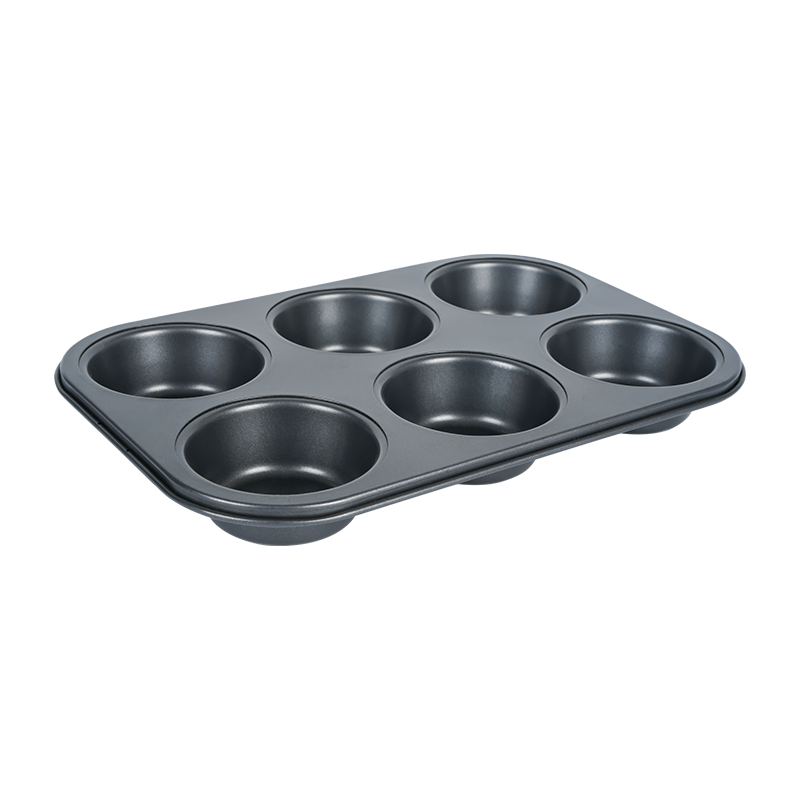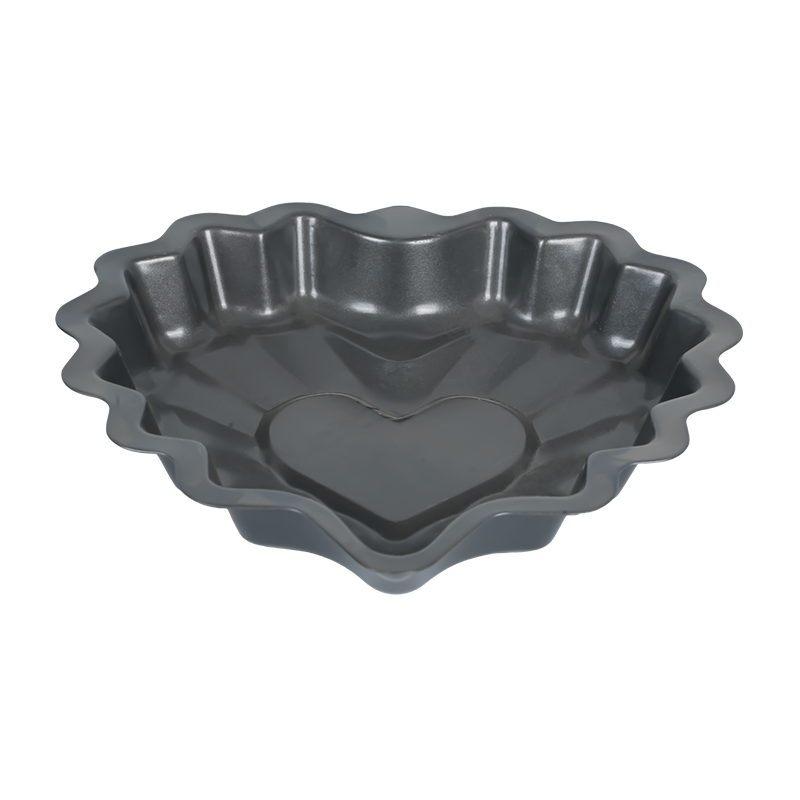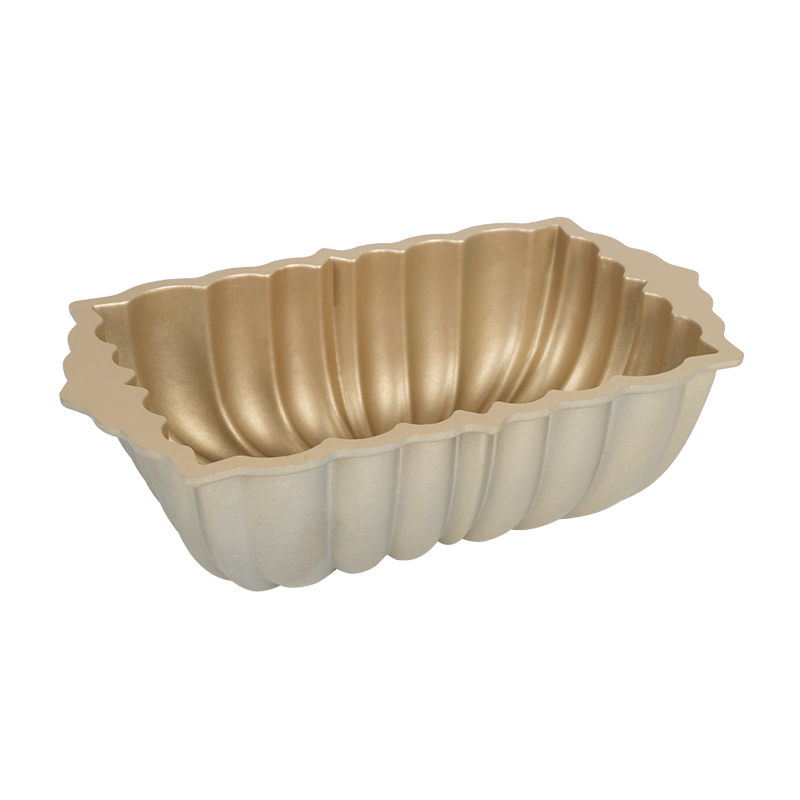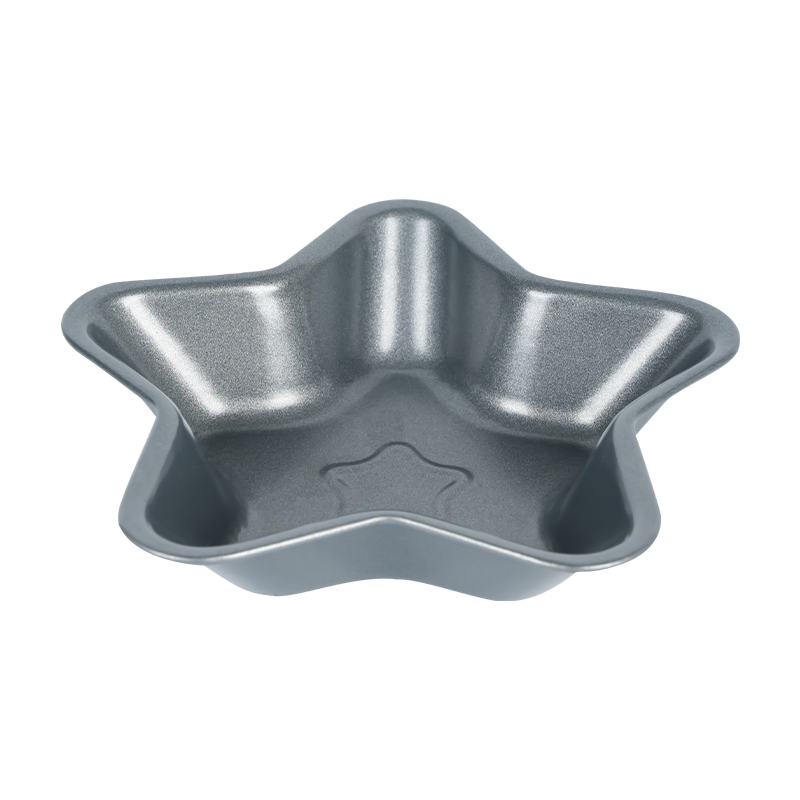The company relies on a high degree of brand awareness, fine product quality, convergence of multiple strong advertising media power, and through the integration of capital, knowledge, talent technology, channels, information operations.
Understanding the Importance of Safety in Kitchen Utensils
Kitchen tools must not only be functional but also safe for regular use. A Colander Pasta Strainer, while seemingly simple in design, comes into frequent contact with hot water, heavy foods, and direct hand handling. This raises concerns about whether its structure or material may pose safety risks such as hand cuts, abrasions, or burns. Analyzing these risks helps consumers choose safer models and use them more effectively, reducing the chance of injury during meal preparation.
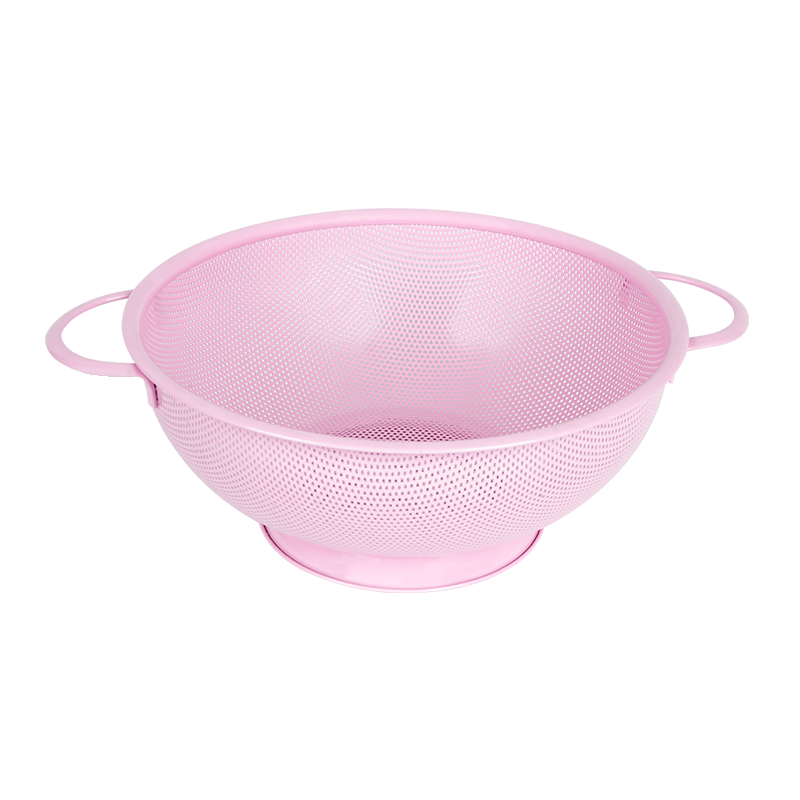
Sharp Edges and Handling Risks in Metal Strainers
One of the commonly reported safety concerns with Colander Pasta Strainers—especially those made from stainless steel—is the presence of sharp edges around the rim, base, or perforated holes. In lower-quality or poorly finished products, the edges may not be properly polished, increasing the risk of cuts or scratches during washing or food transfer. Additionally, the metal’s thinness in some budget options may contribute to jagged contours or burrs. Proper finishing techniques, such as smooth welding and edge rounding, are critical to reducing injury risks, making higher-quality brands a safer investment.
Plastic and Silicone Options: Safer but Not Flawless
Plastic and silicone colanders are generally considered safer in terms of physical contact, as they are less likely to cause cuts. Their softer edges and flexibility make them easier to handle, especially for children or elderly users. However, they are not entirely without risk. Thin plastic may crack over time, exposing sharp or uneven edges. Silicone can tear with repeated bending, leaving rough spots that might scrape fingers during use. Choosing BPA-free and heat-resistant variants can also prevent chemical safety concerns associated with cheaper plastic models.
Burn Risks from Heat Transfer and Steam
Another major safety factor in using a Colander Pasta Strainer is the potential for burns. When draining hot pasta or boiled vegetables, the rush of steam and splash of boiling water can cause scalding injuries. Metal strainers conduct heat quickly, which can make handles or rims dangerously hot to touch within seconds. A strainer without insulated or extended handles increases the chance of hand burns. Models designed with heat-resistant handles, silicone grips, or elevated rims offer better protection from accidental contact with hot surfaces.
Design Features That Enhance Safety
Several thoughtful design features contribute to making a Colander Pasta Strainer safer. Rounded rims, non-slip silicone bases, and insulated handles reduce direct contact with potentially dangerous areas. A stable base or footed design keeps the strainer elevated, preventing slipping and reducing the need to hold the strainer directly over a sink with both hands. Wide handles that provide a firm grip also allow users to tilt and drain with greater control, reducing accidental spills or hand strain.
Proper Usage Practices and Maintenance
Even with a well-designed strainer, improper usage can cause injury. Users should avoid overloading the strainer with hot or heavy food, which can cause tipping or imbalance. Always use oven mittens or heat-resistant gloves when handling freshly boiled ingredients, especially when using metal colanders. Regular inspection for cracks, rust, or rough edges is also necessary, as damage can introduce new hazards over time. Cleaning the strainer promptly after use helps preserve its surface quality and hygiene.
Conclusion: Safety Depends on Material, Design, and User Awareness
In summary, the safety of a Colander Pasta Strainer is influenced by the quality of materials, the design of edges and handles, and how it is used in the kitchen. Stainless steel models may pose a higher risk of cuts or burns if poorly finished or used carelessly, while plastic and silicone alternatives offer gentler handling with some trade-offs in durability. Selecting a thoughtfully engineered product and using it with awareness can help prevent common kitchen injuries, making food preparation safer and more efficient.

 English
English русский
русский Español
Español